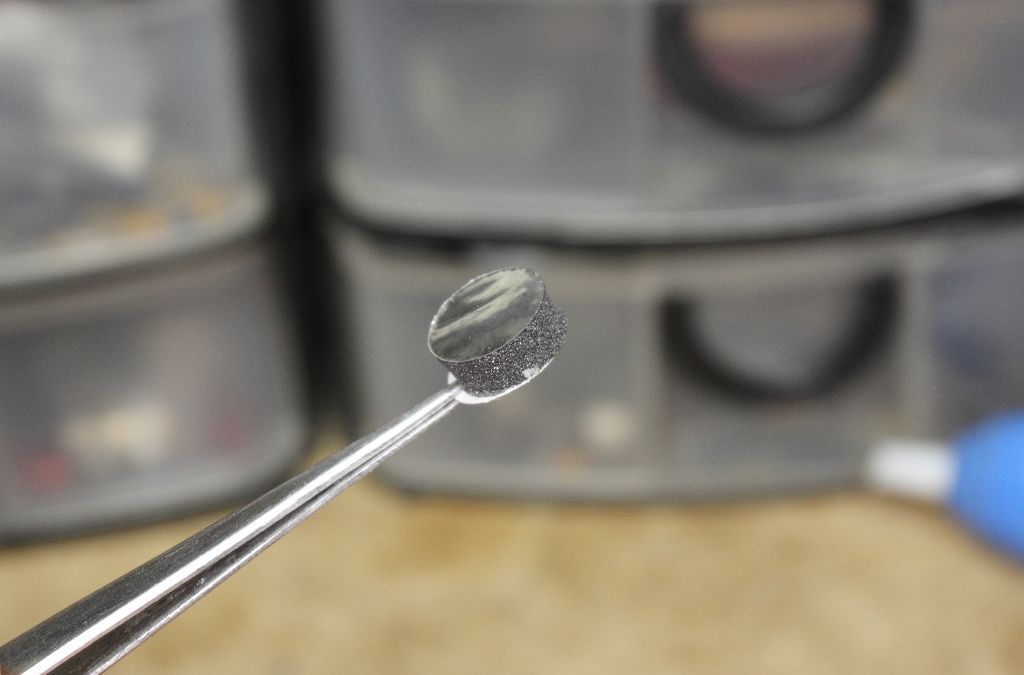NeXT
Veteran Member
I'm now up to five machines and terminals that need all of their capacitive foam pads replaced. I am very much aware that TexElec sells new pad kits, however they are constantly on backorder for x number of weeks and after conversion and shipping it comes to about $50cad per kit which is fine if you are in a pinch and you only have one system to get going. Even if I opt for the alternate sellers on ebay I'm still looking at over $200 to rebuild all these keyboards. I can bring that cost down if I mass produce them here.
I've made my own pads before about ten years ago for my Lisa and they still perform great, but some of the materials are not as easy to source anymore (the aluminized mylar balloon from Dollarama was annoying to slice up because it liked to curl before it was glued down) or I didn't really specify the details on other parts. (2" adhesive-backed weatherstripping worked, but I didn't specify the brand, thickness or density)
I'll happily sit here for a weekend punching out 500 pads but if anyone has better suggestions for materials I can grab at The Home Depot I'd love to hear it.
I've made my own pads before about ten years ago for my Lisa and they still perform great, but some of the materials are not as easy to source anymore (the aluminized mylar balloon from Dollarama was annoying to slice up because it liked to curl before it was glued down) or I didn't really specify the details on other parts. (2" adhesive-backed weatherstripping worked, but I didn't specify the brand, thickness or density)
I'll happily sit here for a weekend punching out 500 pads but if anyone has better suggestions for materials I can grab at The Home Depot I'd love to hear it.


